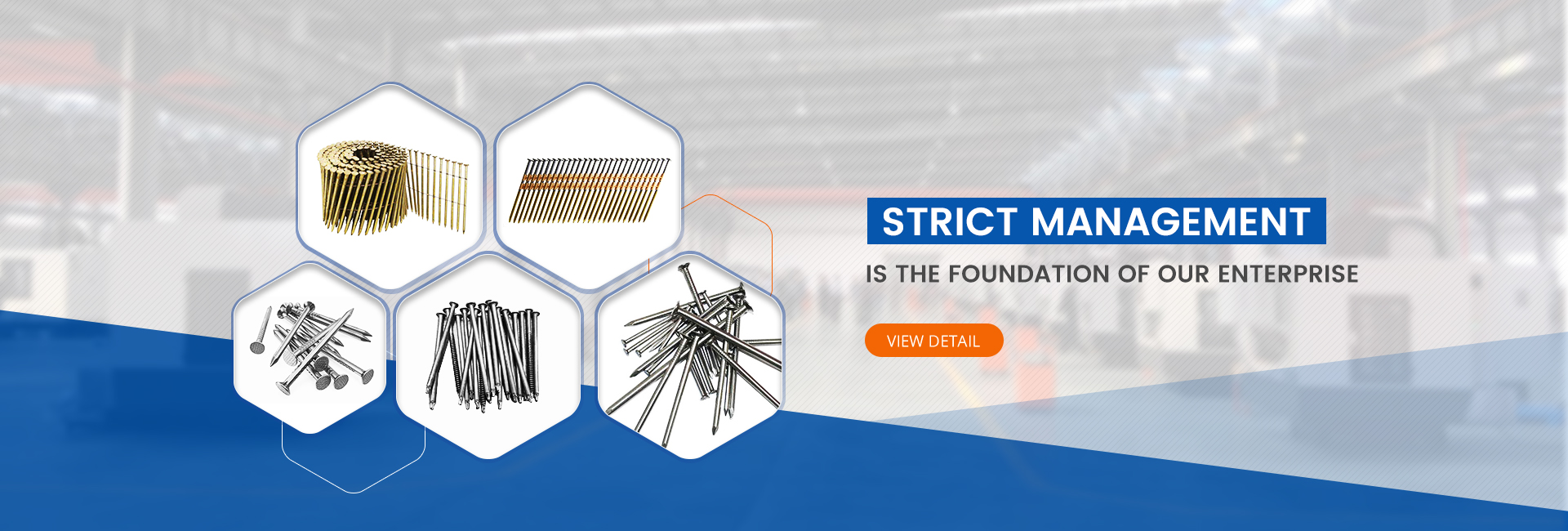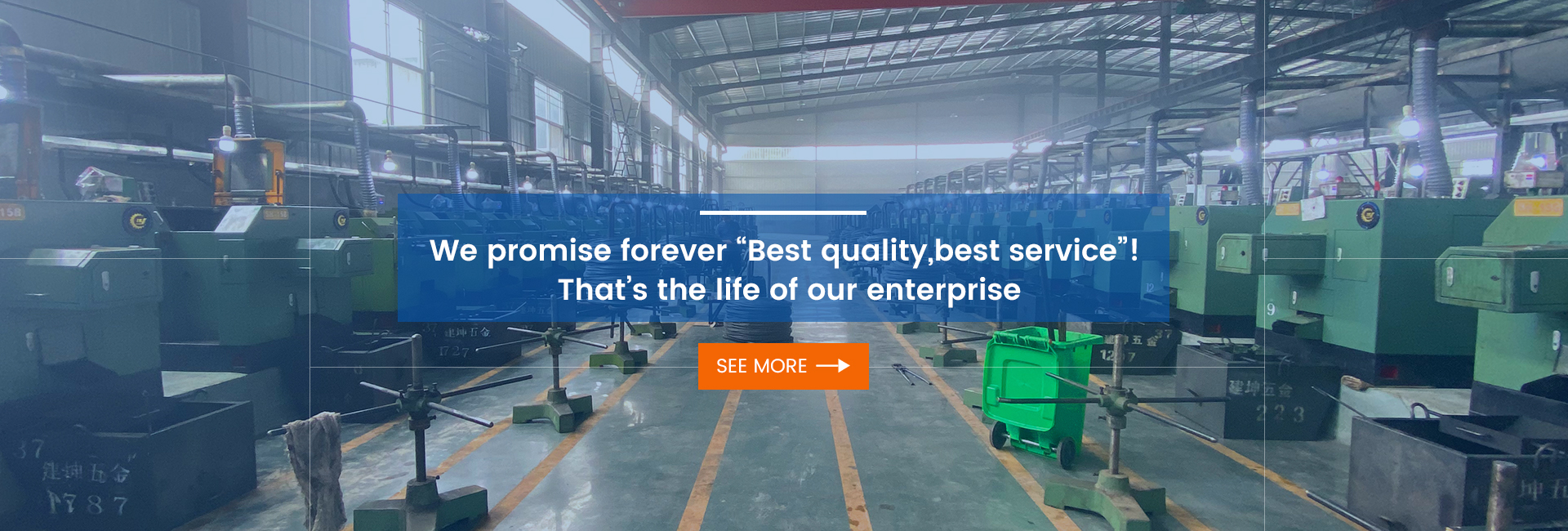Nail-making machines are essential equipment in the nail production industry, capable of turning raw materials like steel wire into nails of various shapes and sizes through a series of processing steps. With the growing industrial demand, nail-making machine technology has been continuously advancing to improve production efficiency, reduce costs, and meet various customization requirements.
1. Working Principle of Nail-Making Machines
The basic working principle of a nail-making machine includes four main steps: wire feeding, cutting, forming, and polishing. First, raw materials such as steel wire are fed into the machine through the wire feeding device. Next, the cutting device cuts the wire to the appropriate length. Following that, the forming device presses one end of the wire to create the nail head while sharpening the other end to form the nail tip. Finally, the finished nails are sent to a polishing machine for surface treatment to enhance corrosion resistance and aesthetics.
2. Features of Modern Nail-Making Machines
Modern nail-making machines have undergone numerous improvements based on traditional nail-making equipment. For example, most current nail-making machines incorporate automation and numerical control technology, making the production process more precise and efficient. Automated feeding and adjustment systems significantly reduce human error, enhancing production consistency. Moreover, the design of modern nail-making machines emphasizes energy-saving and environmental protection, with many machines using low-energy motors and advanced noise reduction technologies.
3. Application Areas of Nail-Making Machines
Nail-making machines are widely used in various sectors, including construction, furniture manufacturing, automotive, and packaging industries. In the construction sector, common nails such as iron nails, threaded nails, and steel nails are produced using different molds and settings of nail-making machines. The furniture manufacturing industry requires more delicate nails, such as copper nails and stainless steel nails, to ensure the quality and appearance of the finished products. In the automotive industry, nail-making machines can produce various specialized nails to meet vehicle assembly needs.
4. Future Development Trends
With the advancement of technology and the diversification of market demands, the future development of nail-making machines will lean towards greater intelligence, automation, and environmental friendliness. By integrating IoT (Internet of Things) and big data analytics, future nail-making machines will enable remote monitoring and fault diagnosis, enhancing production efficiency and timely equipment maintenance. Additionally, the application of energy-saving and emission-reduction technologies will make nail-making machines more compliant with environmental standards, promoting sustainable development.
Post time: Aug-23-2024



